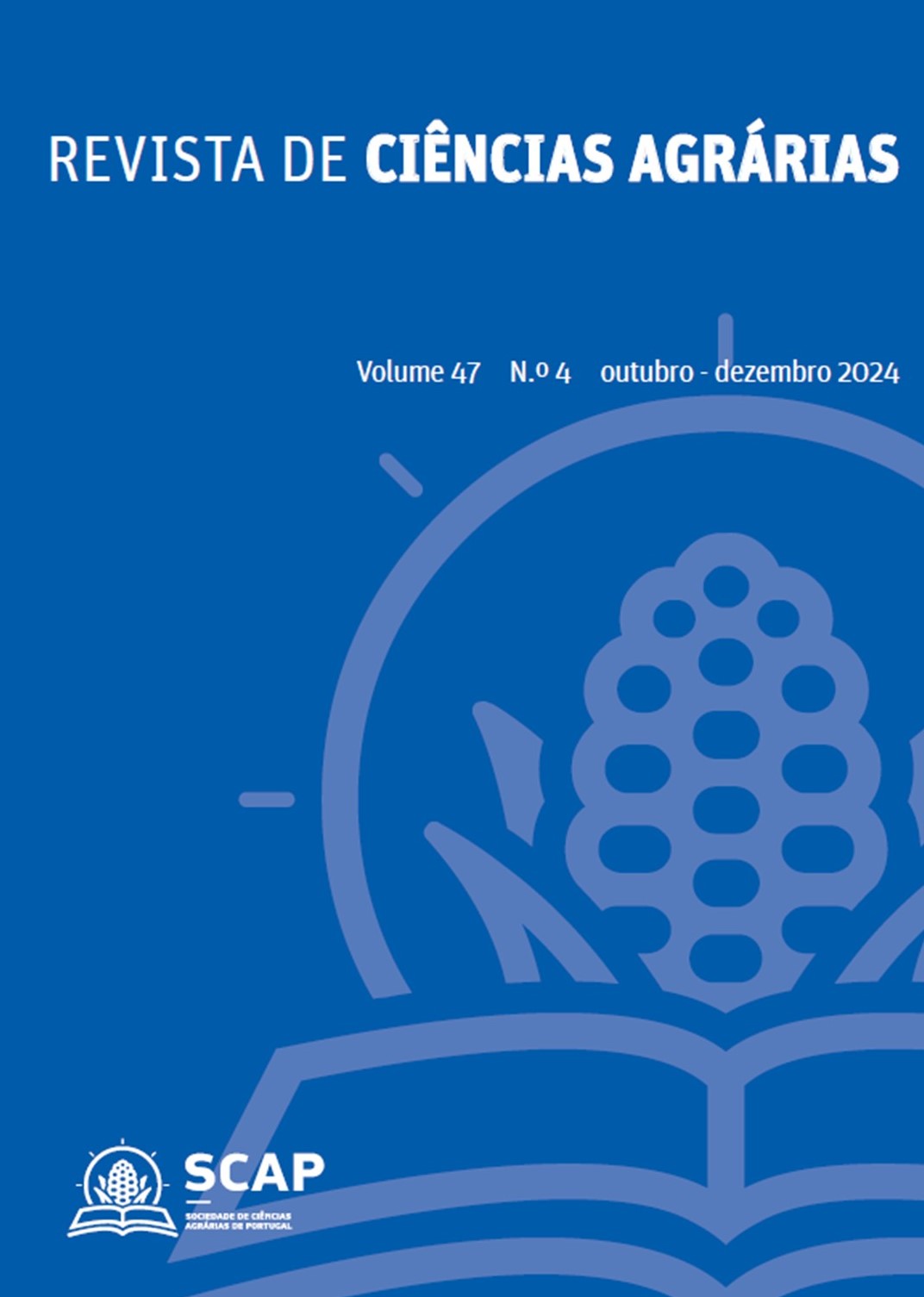Evaluation of metals in soils with sunflower and corn crops (case study: Brinches-Enxoé Hydroagricultural Area)
DOI:
https://doi.org/10.19084/rca.38522Abstract
The objective of the work was to evaluate the concentration and bioavailability of metals in three soils planted with sunflower and corn in the Brinches-Enxoé hydro-agricultural area, during the 2018 growing season (start: T1 (April) and end: T2 (October) at the end). The analysis was performed by inductively coupled plasma mass spectrometry (ICP-MS), following digestion with aqua regia for total concentrations and with 0.01 M calcium chloride for potentially bioavailable concentration. The elements analyzed were the metals zinc, copper, nickel, chromium, cadmium, lead and the semimetal arsenic. The total elements concentrations were for: As (GR1:12.15 mg/kg), Ni (GR1:56.02 mg/kg; M1:64.24 –66.80 mg/kg) and Cr (GR1:67.73 mg/ kg; M1:74.84–75.96 mg/kg), which exceeded the limit values present in the APA Technical Guide (2019). The temporal analysis allowed identifying an increase in Cd concentrations from T1 to T2, which can be justified by the application of phosphate fertilizers that may contain Cd as a contaminant. The concentrations of the bioavailable fraction are less than 1% in all. The results allowed us to conclude that, despite being found concentrations higher than the limit of the APA guide, the bioavailable fractions are very low and aren’t expected to have an impact on crop development.


